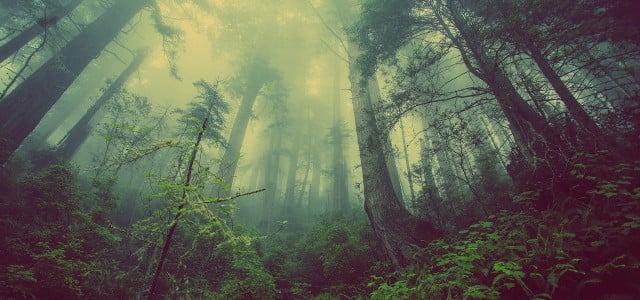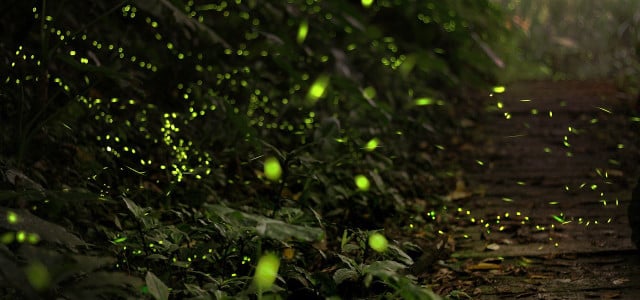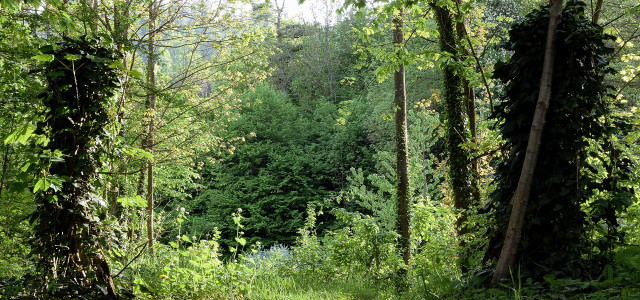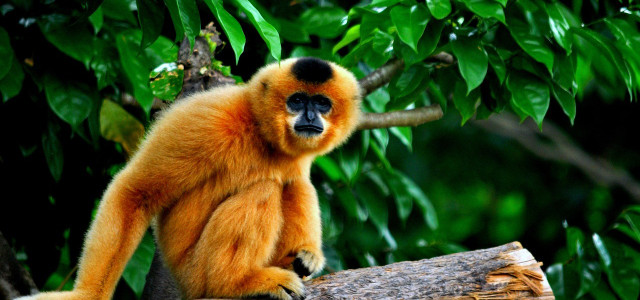Forest ecosystems play a huge role in our planet’s well-being, absorbing carbon emissions and producing oxygen. But what is a forest exactly? We’ll define forests, discuss their different forms and explain why they’re so important.
You might think a forest is simply a group of trees, but it’s not that simple. So: what is a forest?
Deciduous, coniferous and mixed forests are home to many tree species, as well as other plants, animals and fungi. There are different approaches when it comes to defining a forest ecosystem.
Agricultural and Ecological Definitions
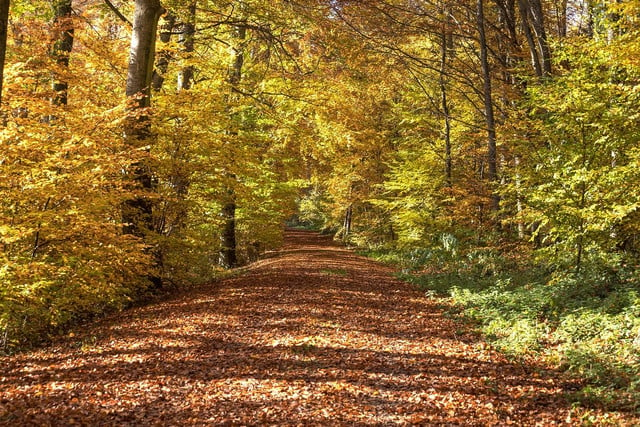
The Food and Agriculture Organization of the United Nations (FAO) defines a forest as a collection of trees covering at least 0.5 hectares. The crowns of the trees must cover at least ten percent of the underlying soil. When fully grown, the trees must be at least five meters high. Some agricultural (man-made) forms are included in this definition, while others are not.
The ecological definition takes a different perspective. Ecologically, a collection of trees is not considered a forest until it forms its own ecosystem. Each ecosystem has special conditions that distinguish it from the unforested environment, such as:
- Forest temperatures are more balanced than surrounding areas — they are cooler in summer and warmer in winter. In summer, trees “consume” significant solar energy through photosynthesis. That makes forests a few degrees cooler. Trees and soil also store a lot of water, and when that water evaporates, it cools the air. Conversely, in winter, forests insulate the land, ensuring that the heat the ground emits isn’t immediately lost.
- It is less windy inside forests than outside because trees and other plants form a natural windbreak.
- Humidity is slightly higher than in other locations. That is because water evaporates from the leaves of the trees and other plants, and much of that moisture remains below the canopy.
- The leaf canopy controls the light levels.
You’ll probably notice all these things if you spend time in the great outdoors. But forests don’t just appear out of nowhere, and the monocultures planted by humans rarely have balanced ecosystems. What makes natural forests so diverse and important?
Also interesting: 10 Facts About Trees: How They Feel & Communicate
How Do Forests Grow, and What Types of Forests Exist?
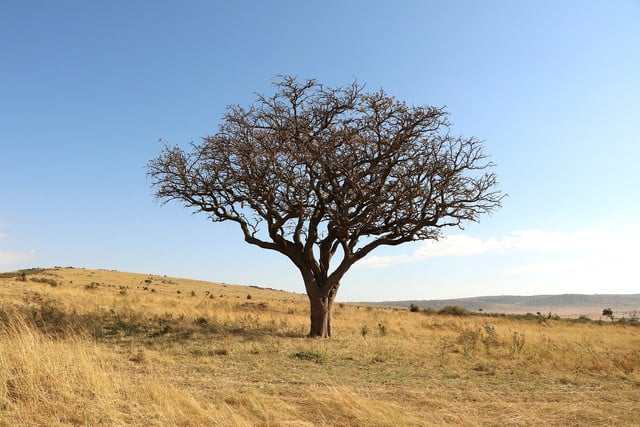


Forests don’t grow everywhere on Earth. For an ecosystem this complex to develop, certain conditions must be met:
- There must be a minimum amount of annual precipitation. Depending on the temperatures and the type of trees, this amount of rain and snow can vary. If there is not enough rainfall, savannahs or steppes form instead.
- Trees need minimum temperatures to grow and photosynthesize. The period during the year when temperatures are sufficient is called the growing season or vegetation period. The daily temperature near the ground must average at least 40°F for trees to grow. That is why there are no forests above certain altitudes and in polar regions.
Of course, many parts of the world have these conditions in abundance. According to the WWF, forests cover about 30 percent of the worldwide land area.
What Types of Forests Exist? Generally speaking, there are three variations: boreal forests, tropical forests and temperate forests. Boreal forests, which comprise mainly conifers and deciduous tree species, are found throughout Canada, Alaska and Russia. Tropical rainforests are found in — you guessed it — the tropics, and proliferate throughout Central and South America, western and central Africa, western India, Southeast Asia, New Guinea and Australia. Finally, temperate forests, which are primarily deciduous, are found in mid-latitude zones throughout Europe, eastern North America and northeastern Asia.
But there’s much more life in a forest than just trees!
Types and Layers of Forest Biodiversity
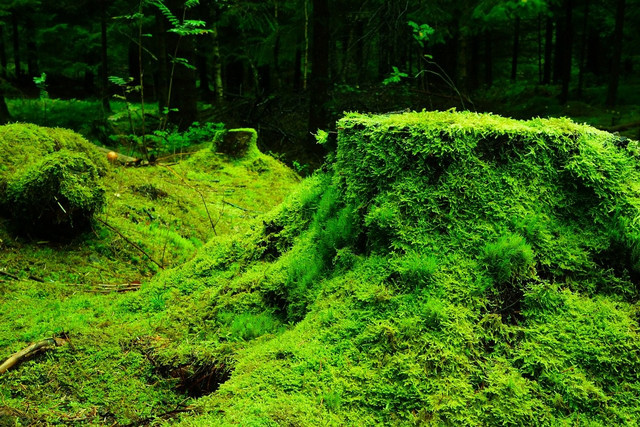


Trees are naturally the first thing that comes to mind when we think of forests. However, these imposing plants, with their crowns, branches and trunks, form only the uppermost layer of the forest ecosystem. The three layers underneath are shrubs and other bushy plants; mosses, weeds and grasses; and the forest floor, including trees’ root systems.
Each layer is home to different animals, plants and fungi, all of which contribute to the functioning of the ecosystem and showcase the importance of ecosystem diversity. In a naturally growing forest, both living plants and dead vegetation are important food sources. While animals of all sorts (who are also part of the food chain) feast on living plant matter, “decomposers” like fungi, bacteria and small animals like earthworms feed on dead vegetation. They return nutrients to the soil, continuing the natural cycle.
Coniferous, Deciduous and Mixed
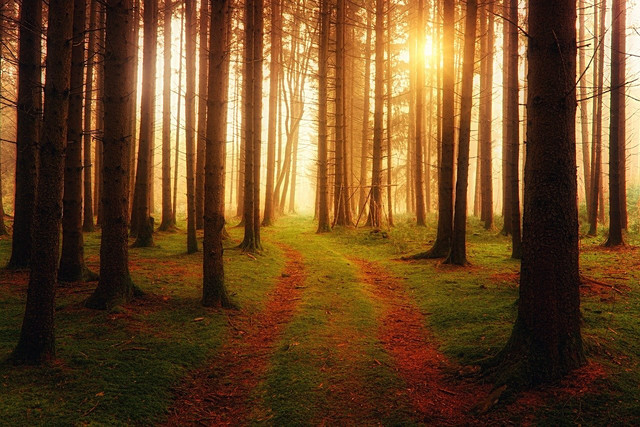


The four layers also differ depending on which trees dominate a region. In general, botanists distinguish between coniferous (or softwood), deciduous (or hardwood) and mixed forests, with different distributions throughout America’s 800 million acres of forest.
The most familiar coniferous trees are spruces and pines, which mostly grow in the Rockies, the Pacific West and around the Great Lakes. Spruces are popular in commercial logging because they grow fast, and their wood is versatile. Consequently, many softwood forests are artificially afforested, with trees so densely packed that little light gets through. This high density means there is comparatively little undergrowth, and the biodiversity in these ecosystems is low.
Learn more: What Does Afforestation Mean and Why Is It Important?
Deciduous — or hardwood — trees like oak and maple grow widely throughout the eastern and midwestern states; however, between 1600 and 1900, half of the forests on the eastern seaboard were destroyed through deforestation. If the ongoing destruction of these precious ecosystems strikes you as less than ideal, read our guide 6 Solutions to Deforestation and What You Can Do to take action against it and start saving trees.
Hardwood forests are highly diverse. Because the trees are bare in winter and leafy in summer, different light levels penetrate the canopy. In spring, for example, the bare trees allow enough sunlight to pass through for early blossoming plants to flourish.
Mixed woods are particularly widespread in the south and southeast. They can better withstand fires, drought, storms and pests than purely deciduous or coniferous trees. In addition, this form of ecosystem allows for a particularly large diversity of species.
Why Are Forests So Important?
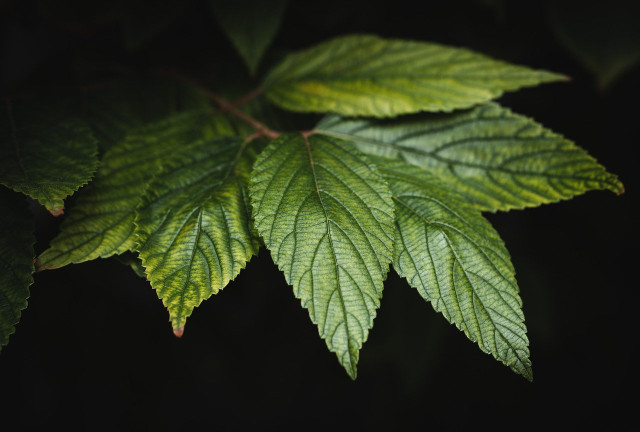


Once we’ve learned what “forest” means, we need to know what makes them so important. Forests actually have the greatest influence on the climate after oceans. They are, first and foremost, huge carbon reservoirs. It’s difficult to say whether they tend to cool or warm the atmosphere more, as different processes counteract each other:
- They cool the atmosphere by evaporating water and by converting solar energy via photosynthesis.
- Conversely, trees mean that the Earth absorbs more sunlight rather than reflecting it.
However, the huge importance of forests for our planet goes beyond their influence on the climate. In addition, they have other necessary functions:
- They provide a habitat for millions of animal and plant species. Forests are home to 80 percent of the Earth’s terrestrial biodiversity. We are only just beginning to understand the role natural biodiversity plays in regulating complex ecosystems. To learn more about this fascinating topic, check out The 3 Types of Biodiversity Explained.
- During heavy rainfall, trees and the forest floor absorb a large amount of water. In this way, forests prevent floods after heavy rainfall. They also protect against erosion, landslides and avalanches in mountainous regions.
- More than just the air we breathe — which we can all agree is pretty important — forests also provide endless resources. According to the WWF, 1.6 billion people depend on them to survive.
Forests are important to our way of life and to the future of the planet. Sadly, deforestation is still a huge problem, thanks to our consumption of unsustainable products like palm oil or practices like illegal logging. Fortunately, many governments and environmental organizations are working toward more sustainable practices such as forest conservation, reforestation and protecting endangered tree species.
** Links to retailers marked with ** or underlined orange are partially partner links: If you buy here, you actively support Utopia.org, because we will receive a small part of the sales proceeds. More info.Do you like this post?






